Chameleons are some of the most unique and fascinating reptiles in the world. Known for their incredible ability to change colors, their long, sticky tongues, and their independently moving eyes, chameleons capture the imagination of both children and adults alike. These remarkable creatures are found in a variety of habitats, primarily in Africa and Madagascar, and they come in a stunning array of colors and patterns.
Coloring pages featuring chameleons provide kids with a creative outlet that also serves as an educational experience. In this blog post, we’ve compiled 17 chameleon coloring pages that are perfect for children who love animals and enjoy exploring the vibrant world of these incredible reptiles. Alongside the coloring pages, you’ll find intriguing facts about chameleons that will make the activity both fun and informative.
Age Range: Who Can Enjoy These Coloring Pages?
Our collection of chameleon coloring pages is designed to appeal to a wide range of age groups, ensuring that every child can find something they love:
Toddlers (Ages 2-4)
For the youngest artists, we have simple, large outlines that are easy for small hands to color. These pages help toddlers develop their fine motor skills and introduce them to basic shapes and colors.
Preschoolers (Ages 4-6)
Preschoolers can enjoy slightly more detailed illustrations that encourage the use of a variety of colors and help them practice staying within the lines. These pages are excellent for enhancing hand-eye coordination and fostering creativity.
Early Elementary (Ages 6-8)
Children in early elementary school will find more intricate designs that challenge them to think about color patterns and explore more advanced coloring techniques. These pages help improve concentration, creativity, and attention to detail.
Older Kids (Ages 8-12)
Older kids can delve into complex and detailed illustrations that allow for greater artistic expression. These pages offer an opportunity to experiment with shading, blending, and other advanced coloring techniques, making the activity both fun and educational.
Fun Facts About Chameleons
As your child colors these chameleon-themed pages, share these fascinating facts about chameleons to enhance their understanding and appreciation of these extraordinary reptiles:
Chameleon Species and Habitats
- There are about 160 species of chameleons. These species are found mostly in Madagascar, Africa, and parts of Asia, with a few species in southern Europe and the Middle East.
- Chameleons live in diverse habitats. They can be found in rainforests, savannas, and even deserts, where they have adapted to their specific environments.
Physical Characteristics
- Chameleons can change color. This ability is not just for camouflage; they also change colors to communicate, regulate their body temperature, and express emotions.
- They have long, sticky tongues. Chameleons can extend their tongues rapidly to capture prey, which usually consists of insects.
- Chameleons have zygodactylous feet. This means their toes are arranged in groups of two, allowing them to grip branches securely as they navigate their arboreal habitats.
- They have independently moving eyes. Chameleons can move each eye separately, giving them a 360-degree field of vision and allowing them to spot predators and prey without moving their heads.
Behavior and Adaptations
- Chameleons are solitary creatures. They are generally solitary animals and prefer to stay alone except during the mating season.
- They have prehensile tails. Many chameleons have tails that can grasp branches, helping them balance and move through trees.
- Chameleons are known for their slow, deliberate movements. This behavior helps them blend into their surroundings and avoid detection by predators.
Survival and Defense Mechanisms
- Camouflage is a key survival tool. By changing their skin color, chameleons can blend into their environment to avoid predators or surprise prey.
- Chameleons use color to communicate. Different colors and patterns can signal a chameleon’s mood, stress level, or readiness to mate.
- They inflate their bodies when threatened. Some chameleons will puff up their bodies to appear larger and more intimidating to potential predators.
Conservation Status
- Some chameleon species are threatened. Due to habitat loss, climate change, and the pet trade, several chameleon species are at risk, with conservation efforts needed to protect them.
- Protected areas help preserve their habitats. National parks, reserves, and conservation areas play a crucial role in maintaining chameleon populations and their natural habitats.
Chameleon Coloring Page 1 for Kids
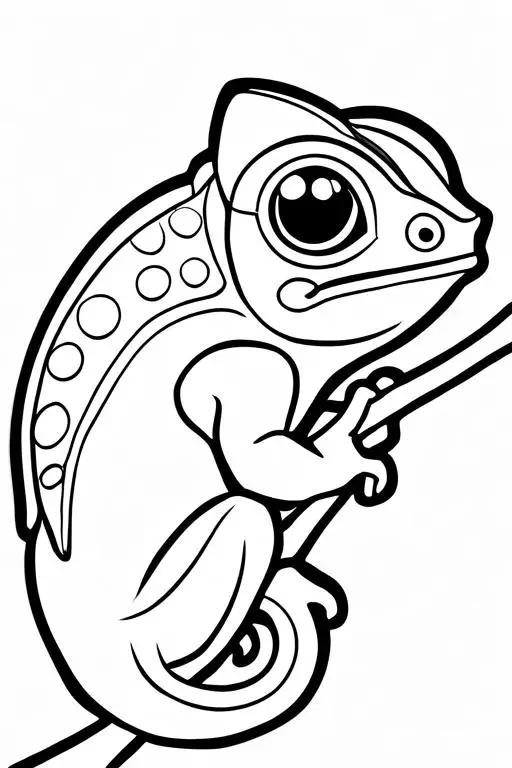
Chameleon Coloring Page 2 for Kids
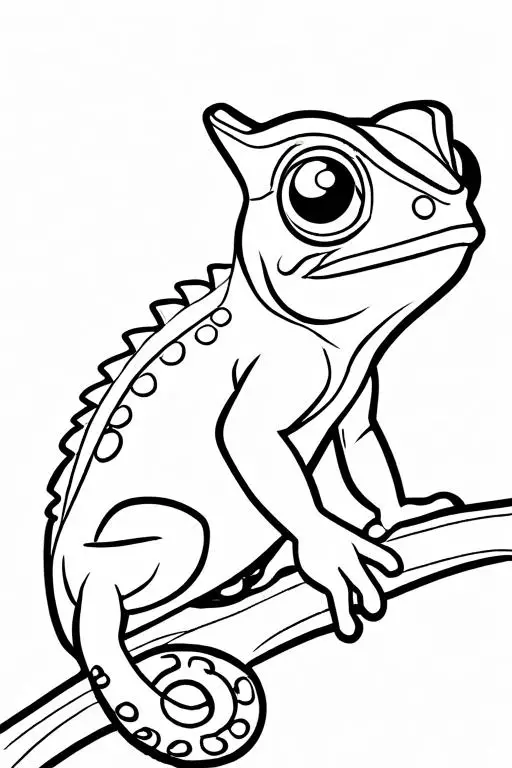
Chameleon Coloring Page 3 for Kids
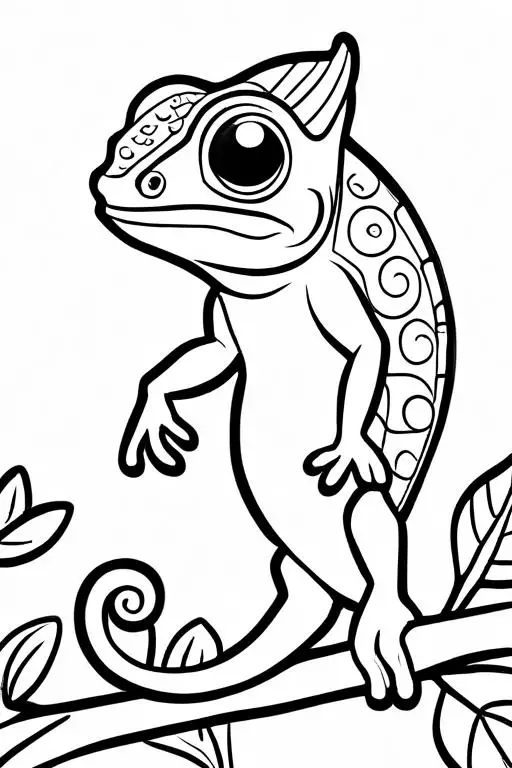
Chameleon Coloring Page 4 for Kids
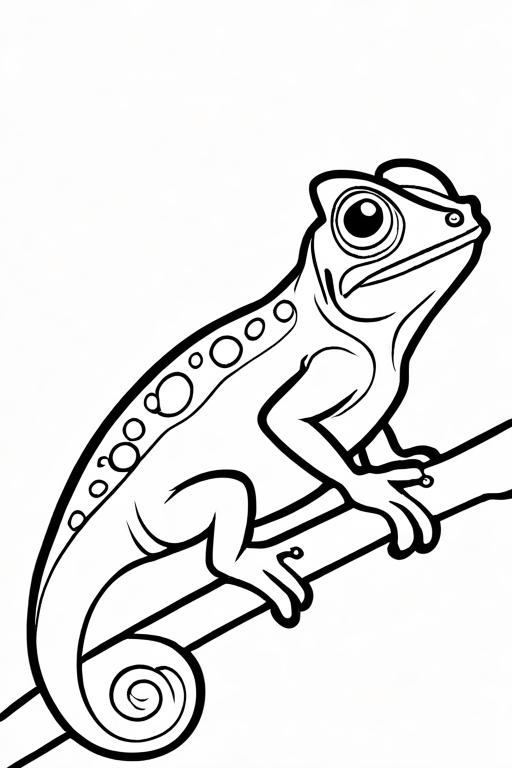
Chameleon Coloring Page 5 for Kids
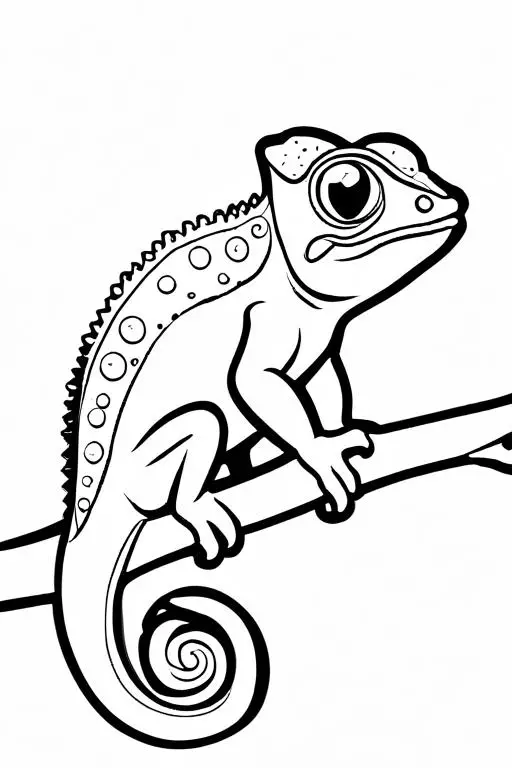
Chameleon Coloring Page 6 for Kids
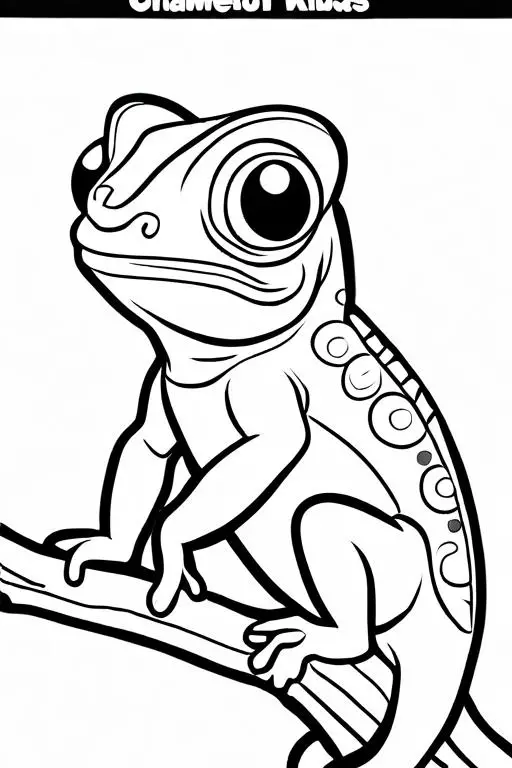
Chameleon Coloring Page 7 for Kids
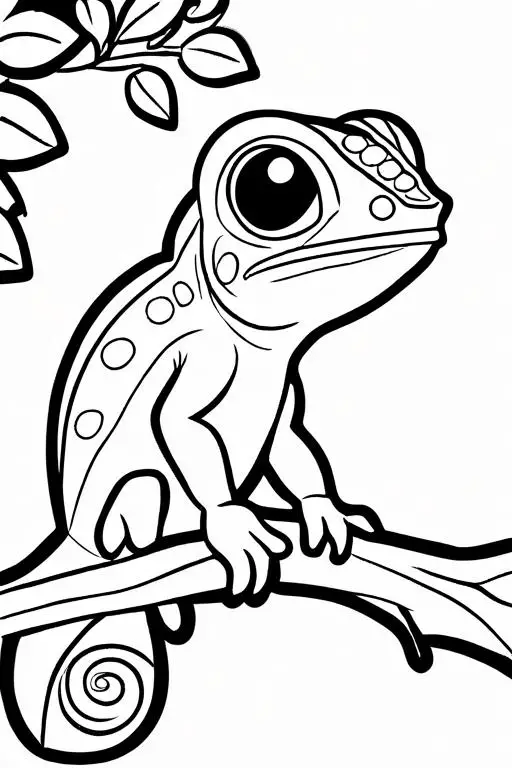
Chameleon Coloring Page 8 for Kids
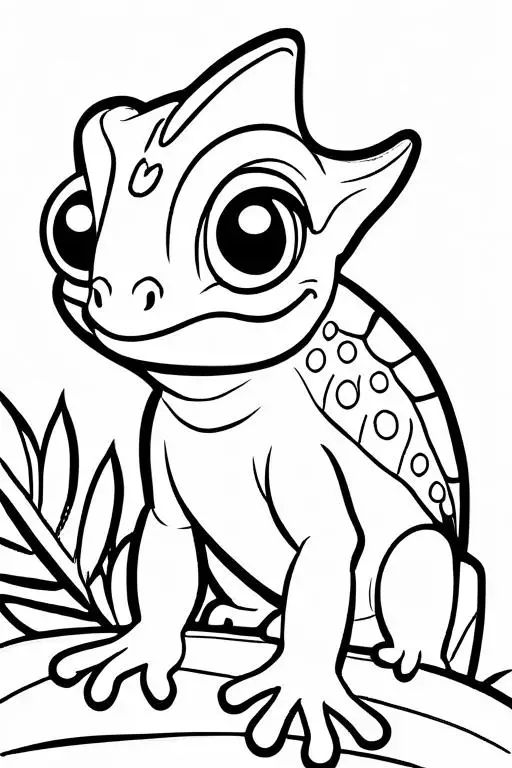
Chameleon Coloring Page 9 for Kids
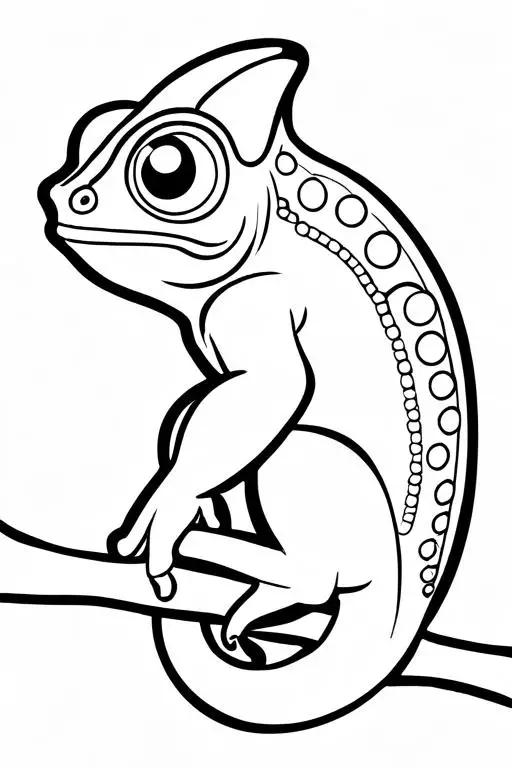
Chameleon Coloring Page 10 for Kids
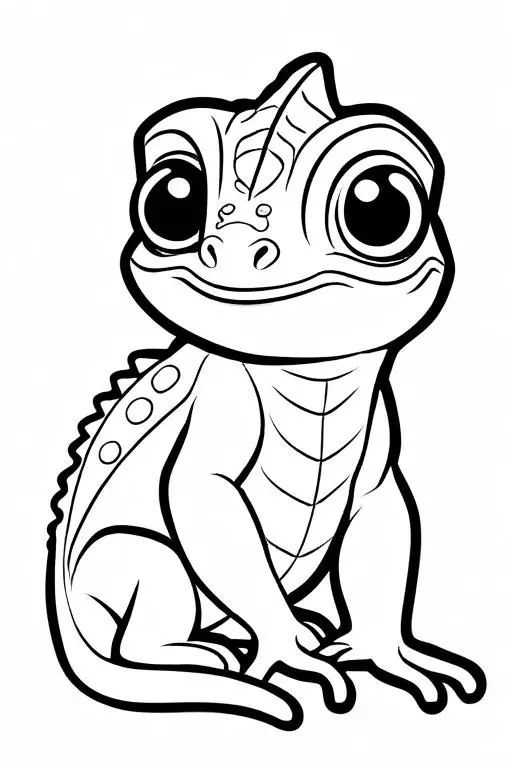
Chameleon Coloring Page 11 for Kids
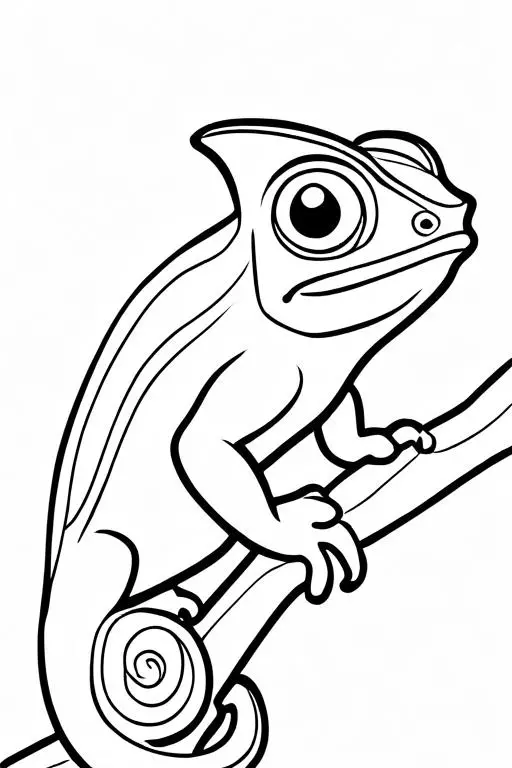
Chameleon Coloring Page 12 for Kids
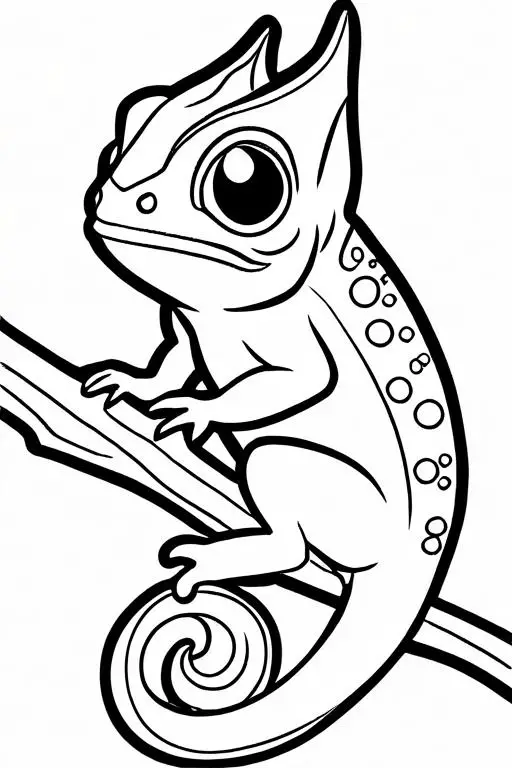
Chameleon Coloring Page 13 for Kids
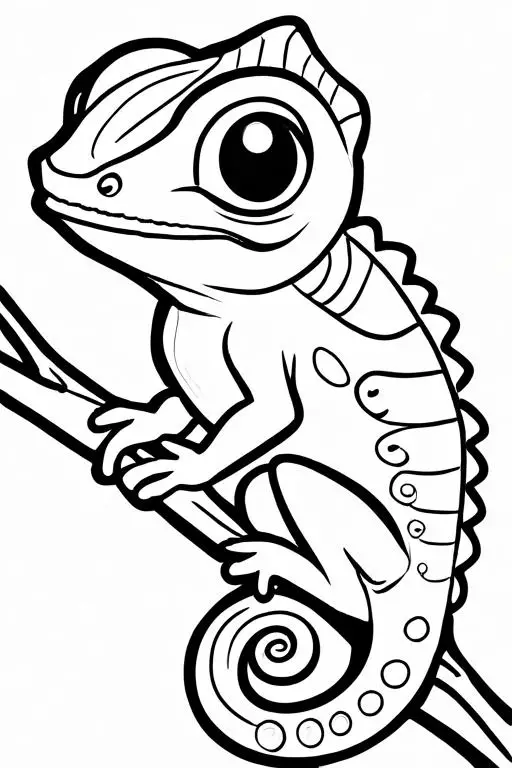
Chameleon Coloring Page 14 for Kids
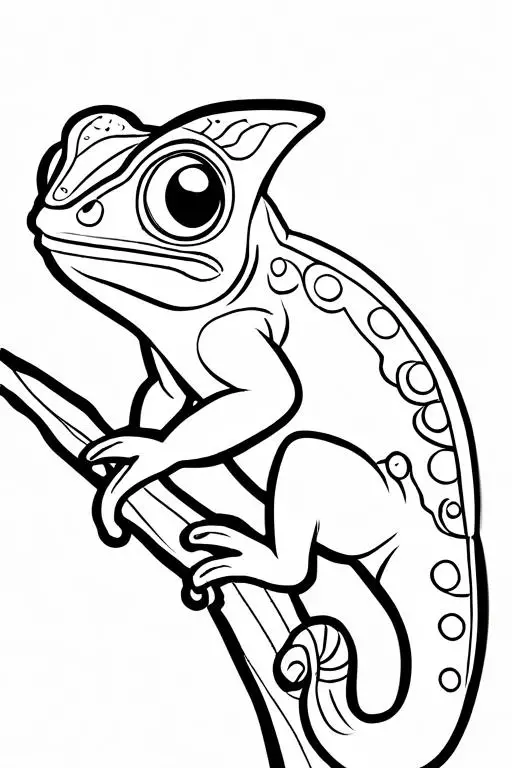
Chameleon Coloring Page 15 for Kids
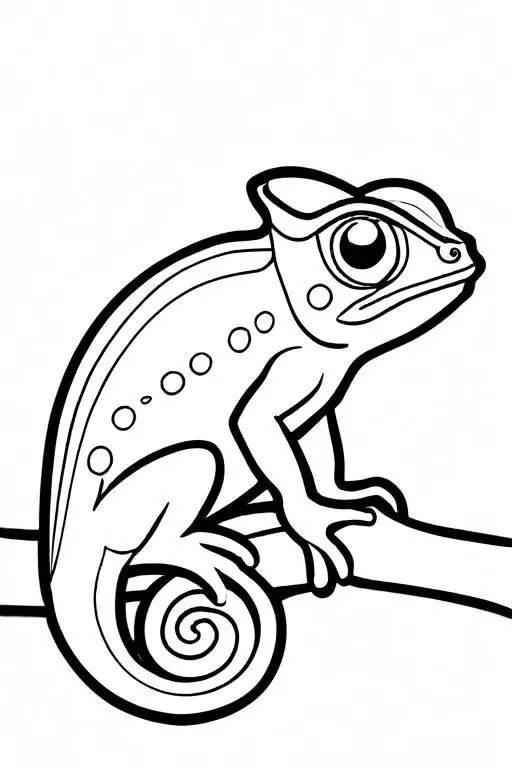
Chameleon Coloring Page 16 for Kids
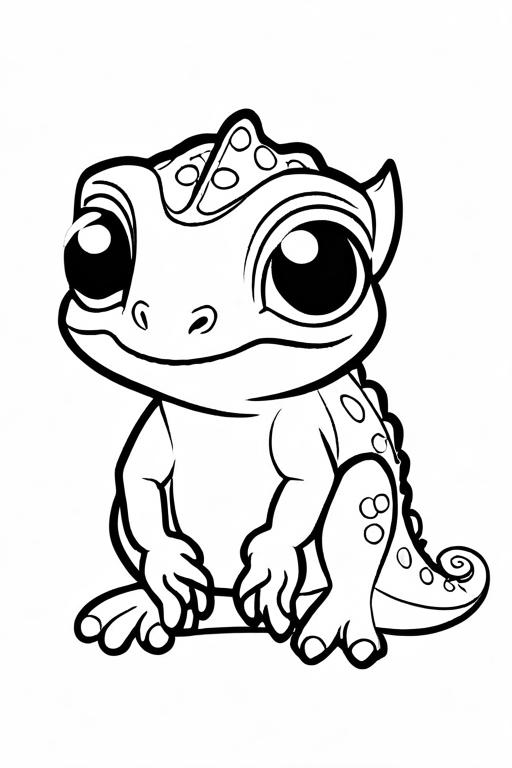
Chameleon Coloring Page 17 for Kids
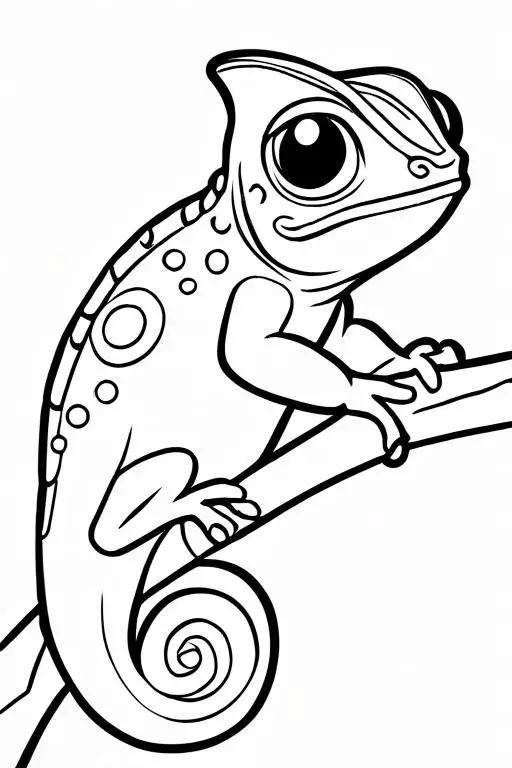
Conclusion
Chameleons are truly fascinating creatures, offering a unique blend of beauty, adaptability, and mystery. These 17 chameleon coloring pages provide a wonderful opportunity for children to engage with the natural world while developing their artistic skills. Whether your child is just beginning to explore the world of coloring or is already an experienced artist, these pages offer a fun and educational activity that they will love.
So, gather your crayons, colored pencils, or markers, and let your child embark on a colorful journey into the world of chameleons with these creative coloring pages. As they color, they’ll not only improve their artistic abilities but also gain a deeper understanding and appreciation for these incredible reptiles and the diverse environments they inhabit.

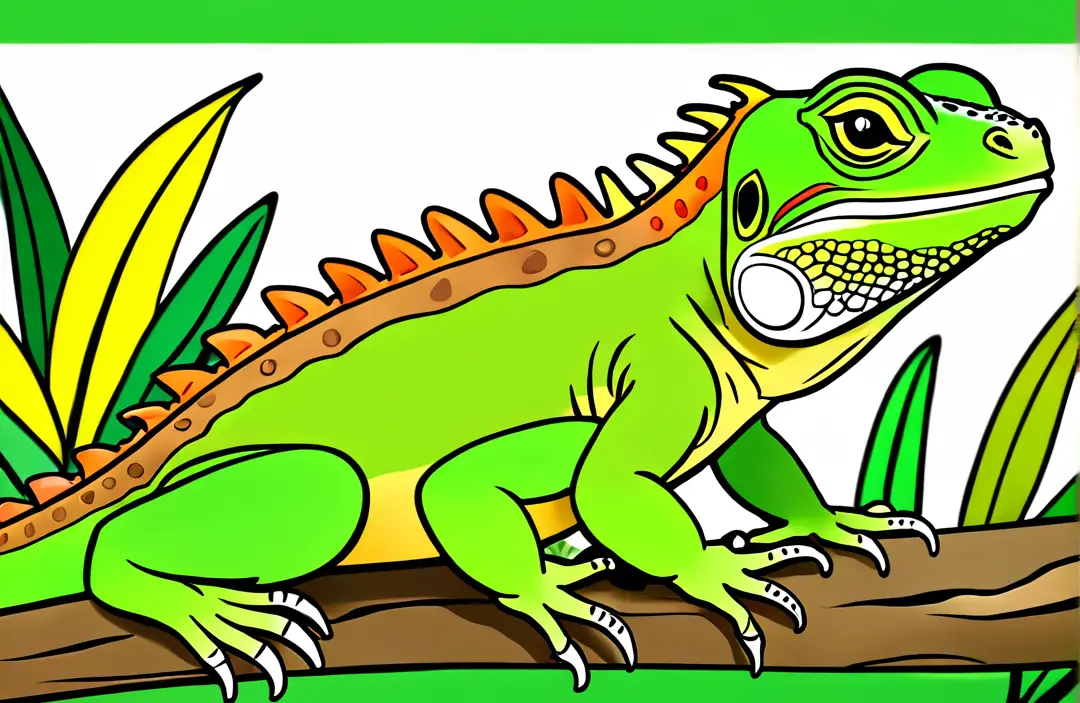
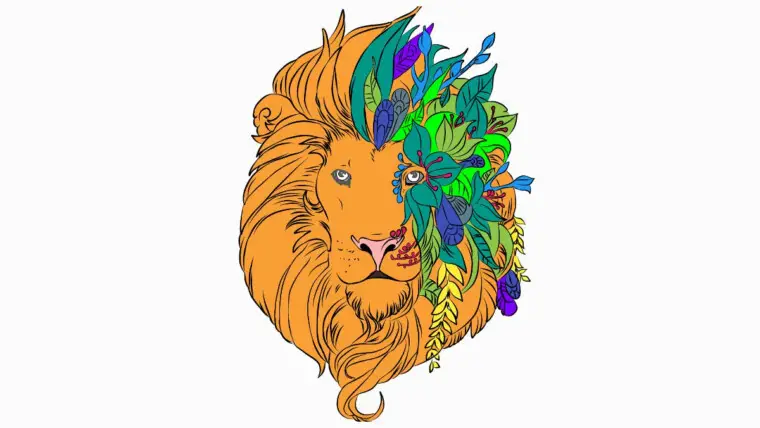

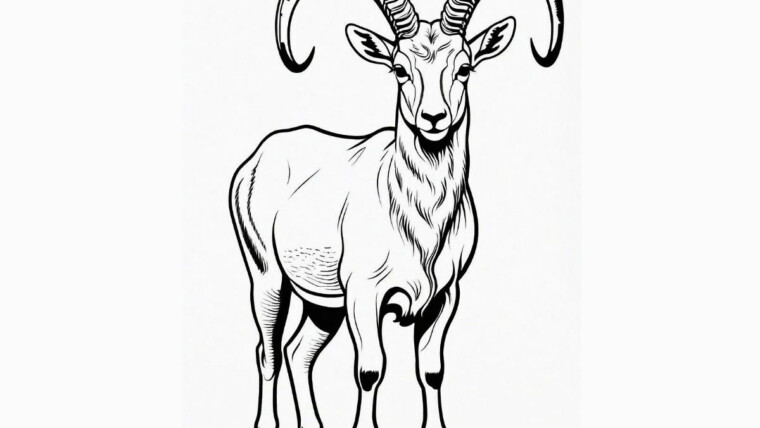
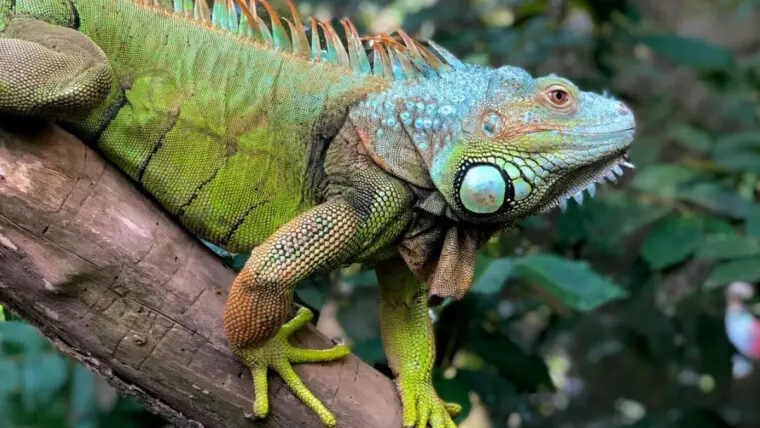
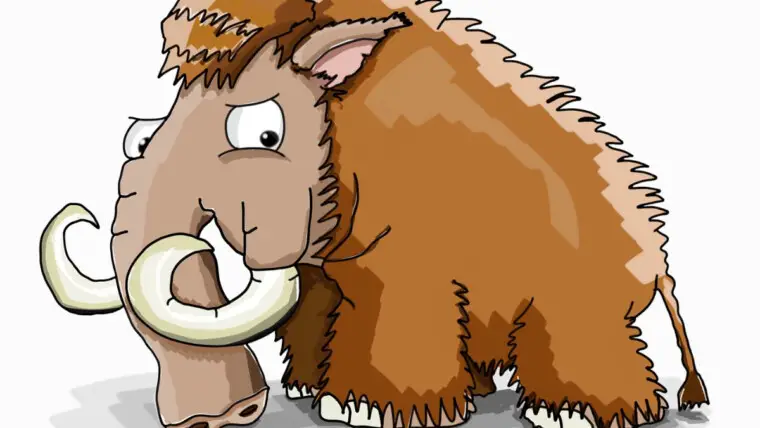

Maze Rampage Kids Activity Books: Unlock Fun and Learning for Toddlers and Preschoolers!
Engage Your Creative Mind with 2,500+ Free Adult Coloring Pages
100 Wasp Coloring Pages For Kids
48 Termite Coloring Pages For Kids